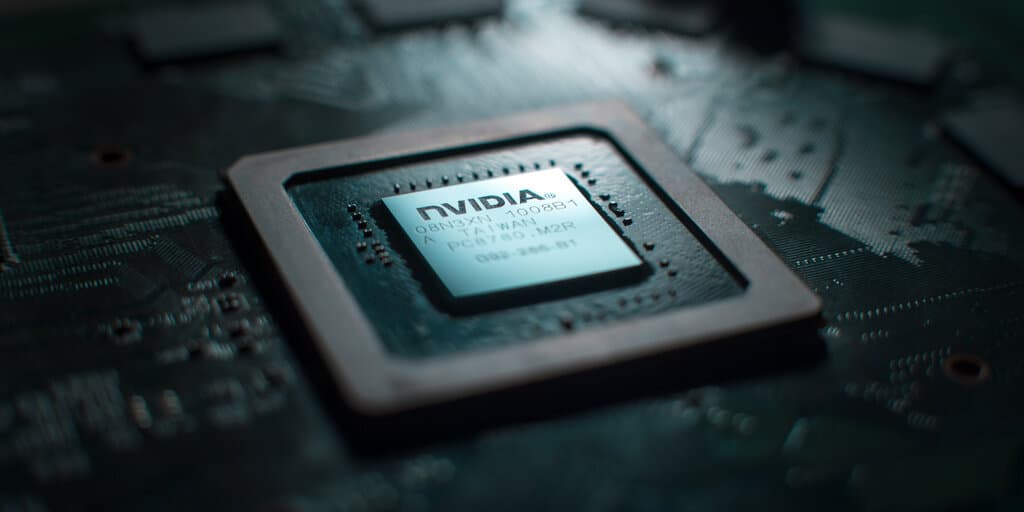Under the new US trade restrictions, Nvidia has made slower GPUs for China
11 months ago Benito Santiago
In a strategic market update, Nvidia has announced the RTX 4090D – a high-performance iteration of the RTX 4090 GPU specifically for the Chinese market. The move is a direct response to the US government's efforts to hurt China's technology market by restricting exports of advanced products and services from US suppliers amid geopolitical tensions.
The main basis of the new rules? A desire to thwart China's pursuit of dominance in artificial intelligence technology.
The recently revealed RTX 4090D has 14,592 CUDA processing cores compared to 16,384 in the standard RTX 4090. It also has a slightly lower power draw at 425W than 450W. As a result, the 4090D has 5% less power than the original, but still manages to meet the US established speed limit of 4,800 TOPS (Trillion Operations Per Second) that US hardware can achieve and still sell. China.
Also, the new GPUs don't support overclocking, so there's no way to tweak them to make them more powerful (at least on paper).
The release of the 4090D comes after the US added the flagship RTX 4090 gaming GPU to a list of products banned from China in October.
“The GeForce RTX 4090D is designed to fully comply with US government export controls,” an Nvidia spokesperson told The Verge in an email, noting that Nvidia “worked extensively with the US government” during development.
The United States has been stricter, banning the export of advanced AI accelerators and other high-performance chips to China. “If they reprogram a chip along a certain line that allows them to run AI, I'm going to take control,” Commerce Secretary Gina Raimondo recently warned at a Reagan national defense forum. Next day.”
This warning seems to target Nvidia's efforts to do just that after existing products are banned. For example, when the US banned the export of Nvidia's H100 and A100 AI accelerator in August, the company launched the A800 for China in November – the same chip as the A100 but with reduced communication bandwidth.
“I know there are CEOs of chip companies in this audience who are a little upset with me when I do that, because you're losing revenue,” Raimondo said. “That's life. It's about protecting our national security over short-term income.”
The launch of the RTX 4090D represents Nvidia's latest attempt to comply with US sanctions while still serving customers in China, one of its main markets. With fewer Tensor cores and lower power consumption, the 4090D seems to have been carefully designed not to cross US government red lines to support China's advanced AI development, but still has enough power to perform well in games and AI training if properly configured. .
Chinese businesses are preparing to face US sanctions. Some of the most important tech giants in China—such as Baidu, ByteDance, Tencent, and Alibaba—had taken up to $5 billion worth of Nvidia hardware before Raimondo's action—a move that has been replicated by smaller businesses.
However, according to Secretary Raimondo's warnings, the US will continue to monitor and restrict any Nvidia products capable of AI acceleration. Despite this delicate dance around emerging technology exports between the two superpowers, fans can at least run their PC games at higher configurations.
Edited by Ryan Ozawa.













